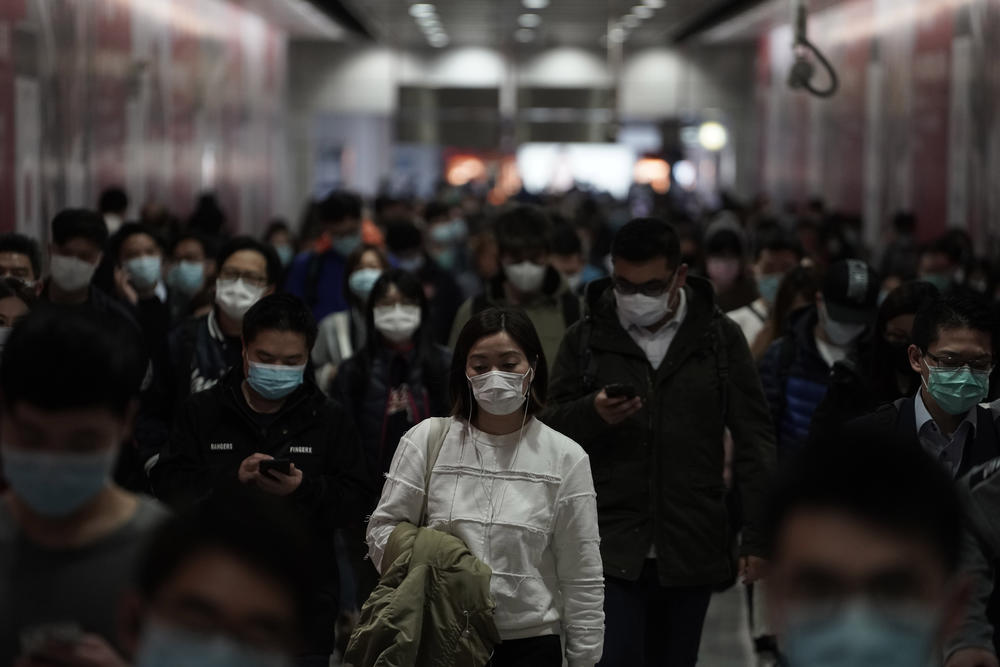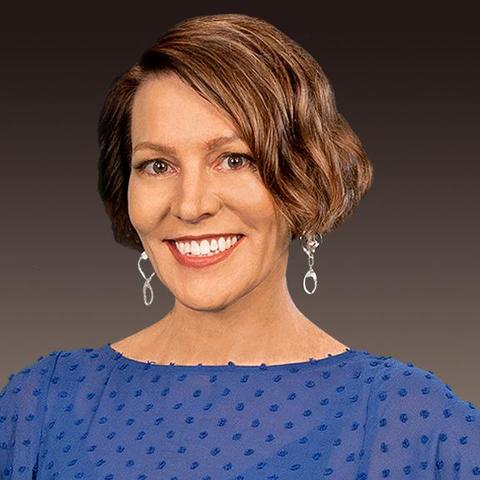Section Branding
Header Content
The Other Viral Threat: Misinformation About Coronavirus Spreads On Social Media
Primary Content
The spread of a deadly new coronavirus is being closely followed by global health officials and the public, with over 31,000 confirmed cases worldwide, over 600 deaths, and 12 cases in the United States so far.
But along with headlines of quarantines, canceled flights and travel bans comes another threat: misinformation going viral.
On Second Thought host Virginia Prescott speaks with Dr. Marybeth Sexton and Jasmine Aguilera.
Emory University assistant professor Dr. Marybeth Sexton and TIME reporter Jasmine Aguilera joined On Second Thought to share the latest information about the virus, as well as shed light on how misinformation spreads in the social media age.
INTERVIEW HIGHLIGHTS
On what Dr. Mary Beth Sexton and her colleagues are doing to inform the public about the coronavirus disease
MS: So what we really try to do is twofold. One is that, in collaboration with our partners in public health, we try to make sure that there's accurate information out there in the public about who should be concerned, what should you do to protect yourself [and] what should you do if you think you may be ill. And the second is to make sure that within the health care facilities where we work, we have good mechanisms in place to capture cases immediately so that we don't have other people exposed, and that we keep our patients and our health care workers safe.
On how online sources are working to fight against Coronavirus myths
JA: Now, there is more collaboration, it seems, happening between agencies like the Centers for Disease Control and Prevention and companies like Twitter, for example. So now, if you were to search “Coronavirus” in Twitter, the first thing that would pop up is actually a notice from the CDC. The CDC has been pushing as much myth busting information as possible. The more you scroll, the more that you search through different platforms, though, that information might change. So, for example — Facebook. The way it works is so dramatically different from Twitter. You know, sometimes in your feed, you may just see something that is shared by another person that might be inaccurate. And in that case, Facebook will have flagged that information as inaccurate and will be pushing underneath that post, something that is more accurate, something from the CDC or articles that have been vetted by the Associated Press, for example, to clarify what it actually does and how that post is false.
On what rumours have been spread about the coronavirus
JA: We've seen, for example, people spreading information that if you rinse your mouth out with saline, that you can prevent the virus spread, which is inaccurate. We've seen some people share that there is actually a vaccine out there for Coronavirus, which is not true as well. Those are just a few examples. Some are more dangerous than others; some can spread information that can be more vitriolic or racist towards other people.
On how fear can cause xenophobia to arise
JA: We already have these stereotypes in our heads. We already see the world through a certain lens. And when there's public panic, sometimes our filters come down. We act out of fear or act irrationally. And eventually stereotypes come out. Racism comes out, full fledged, without thinking of the implications of what we're saying — without thinking about the harms that this may cause.
Get in touch with us.
Twitter: @OSTTalk
Facebook: OnSecondThought
Email: OnSecondThought@gpb.org
Phone: 404-500-9457



